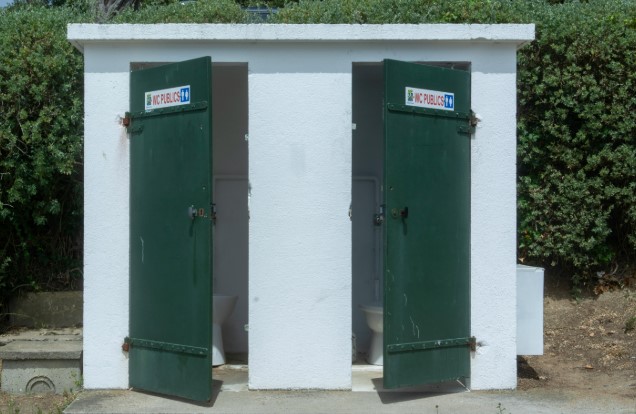Lack of customer toilets is health concern

Recently I visited my local bank to resolve an issue with my account. I didn’t expect to spend more than an hour waiting. But the line moved at a snail’s pace. As the minutes ticked by, I needed to use the restroom urgently but to my dismay, the bank had no facilities for customers.
Faced with no other option, I had to abandon the queue and rush outside in search of a toilet, by the time I was back the teller had started to serve other customers forcing me to rejoin the back of the line and endure an even longer wait.
Unfortunately, my experience is not unique. Across Kenya, institutions that serve the public especially banks and supermarkets often lack restroom facilities for their customers.
This oversight not only inconveniences users but also violates their dignity and poses a serious public health concern. It reflects a systemic disregard for basic human needs in spaces that are meant to serve everyone.
Restrooms are not a luxury they are a fundamental human right. Many customers spend considerable time engaging with public institutions sometimes waiting hours in crowded lobbies or standing in serpentine queues. Among them are vulnerable groups: the elderly with limited mobility, children, pregnant women, and those with chronic medical conditions such as diabetes or renal issues. For these individuals, access to clean, safe, and accessible toilets is not just a convenience it’s a medical necessity.
Denying these individuals access to restrooms can lead to physical discomfort and even serious health complications in extreme cases. From a health perspective, when institutions fail to provide restroom facilities, the public often resorts to unhygienic alternatives such as open urination, defecation in corners, or rushing to unsuitable spots nearby. Such practices degrade the environment, contaminate water sources, and increase the spread of disease.
In Nairobi alone, municipal authorities spend millions of shillings each year mitigating the effects of open defecation and public urination in crowded urban centers. Public institutions should lead by example in promoting hygiene and safeguarding community health.
Providing restrooms reflects a commitment to quality service and respect for customers. A clean, well-maintained toilet may seem like a small facility, but it makes a big statement: “We value you.” In contrast, denying such a basic need communicates indifference and can erode public trust. Internationally, leading banks and service providers’ factor customer amenities including restrooms into their branch design, recognizing that comfort fosters loyalty and positive word-of-mouth.
Investing in restroom facilities can also yield economic returns. Customers who can use facilities on-site are more likely to stay longer, complete transactions, and even make additional purchases in attached retail spaces. Conversely, customers forced to leave in search of toilets may abandon transactions altogether, costing institutions revenue.
Public service should go hand in hand with public dignity. It’s time institutions make restroom access a standard because no one should have to choose between their health and the services they need. By prioritizing restroom access, institutions will enhance public health, improve customer satisfaction, and solidify their reputations as responsible, caring service providers. Clean restrooms are not just amenities, they are an essential component of dignified, equitable, and efficient public service.
The writer is a Science Reporter with People Daily and PD Wikendi















